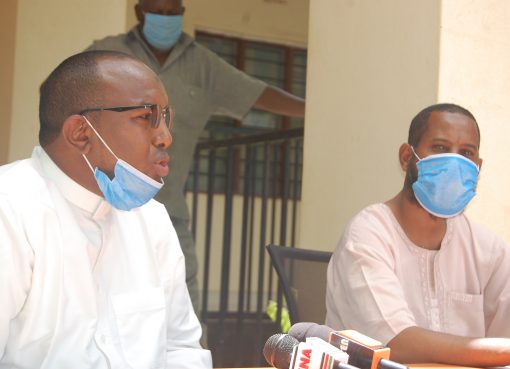The department of veterinary services in collaboration with Red cross Kenya has vaccinated 2600 livestock against anthrax disease at Edonyo Narasha area in Narok West Sub County.
Narok West Director of Veterinary Services Dr. Martin Nchoko said they prioritized the area after two people in the area, succumbed to the disease in September this year.
Dr. Nchoko called on the residents to be vigilant and avoid eating meat of dead animals or those slaughtered but not inspected by the veterinary officers.
He said the disease outbreak could have been caused by wild animals that graze freely with the domestic animals as the area is near the Maasai Mara National Reserve.
Though it is difficult to control the spread, the veterinary doctor advised livestock farmers to carry out regular vaccination to their animals which is approximately Sh. 30 per head.
The Narok Red Cross Society Coordinator Ms. Celestine Oguto said they have dispersed a team of Community Health Volunteers to camp in the area so that they can sensitize the community on the disease.
She asked the residents to report any case of suspect anthrax disease to the authority to control the disease early enough before it spreads to other livestock or human.
Earlier, Narok County Executive Committee Member (CECM) in charge of Agriculture and Livestock Ms. Joyce Keshe said the county targets to vaccinate 70, 000 livestock against anthrax in Narok West and South Sub Counties.
She said the disease is very fatal as it can kill an animal without prior symptoms, warning residents against eating or touching any animal that dies mysteriously.
“Sometime the infected animal can start breeding from all its openings and the blood takes time to clot. I advise farmers to keep off from such an animal and instead call a veterinary doctor to give directions,” she continued.
In humans, anthrax manifests in three forms namely respiratory form, digestive or cutaneous form, where it forms a sore on the skin.
The respiratory form is more fatal to humans as it causes difficulties in breathing while the digestive form causes diarrhea, vomiting and stomach pains.
By Ann Salaton





